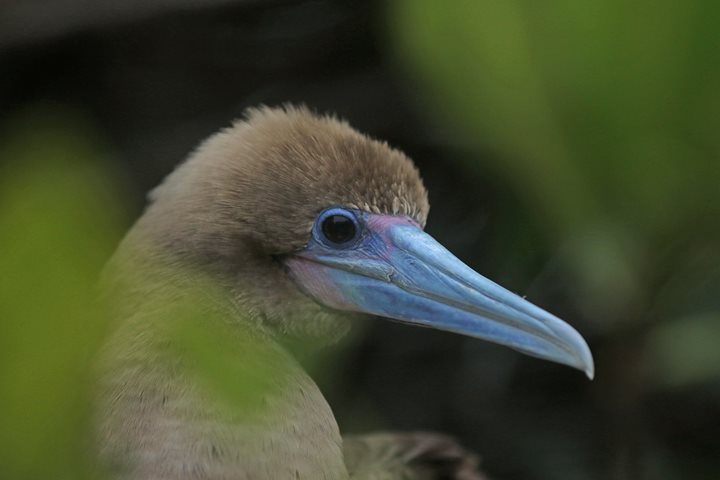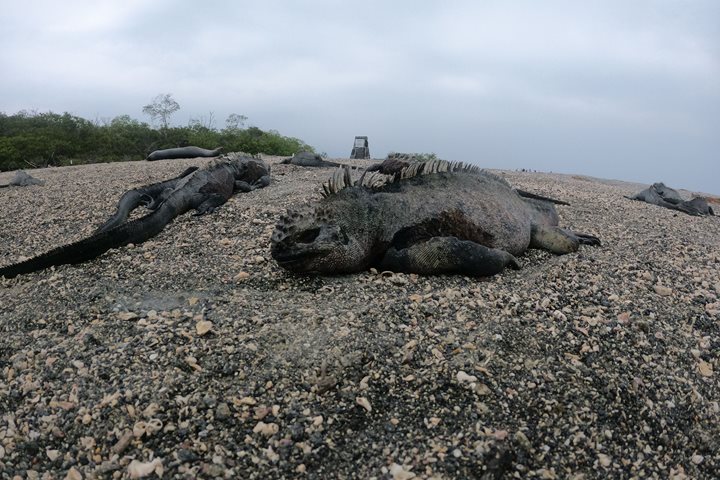Galapagos is an oceanic archipelago with dormant and active volcanos, and this week we are exploring to understand the geology of Galapagos.
We had an early morning outing on Bartolome Island today. We enjoyed a hike, which was probably the best way to experience first hand the geological formation of Galapagos.
Once we got to the top of the Island we had a spectacular view and saw many different types of parasitic cones. We observed spatter cones, tuff cones, cinder cones, lava flows and beautiful beach formations.
It was certainly a breathtaking view once we got to the top of Bartolome Island. We also had the opportunity to learn about the arrival and establishment of the flora and fauna of this isolated group of islands.
Bartolome Island was also a good place to explain how species from the outside came to colonize this archipelago at different times, over a long period of time. Once they arrived by chance, they had to adapt to different conditions and factors found on these islands. They eventually became endemic to Galapagos, found only here and nowhere else on our planet. In this archipelago the degree of endemism is very high, not like many places on our planet.
After a short navigation over lunch time, we dropped anchor at Rábida Island and soon after, our National Geographic Islander crew members were preparing our Zodiacs to go out for kayaking and a walk along a red colored beach with sea lions and plunge diving boobies as well.
During these two activities we came away with amazing, once in a lifetime memories. Playful sea lions, giant sea turtles, pelicans and boobies put on a show right in front of us.
We also explored our marine reserve with snorkeling activities in the morning and also in the afternoon. Galapagos is an incredible place to see big animals such as penguins, sharks, sea turtles, rays, sea lions, and many fish from different regions of our planet. This is due to the many oceanic currents which bring marine life to the Islands.









